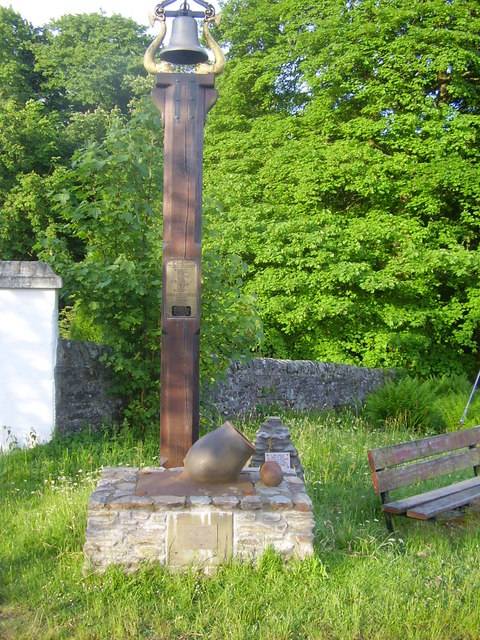The Millhouse Gunpowder Works
CC BY-SA, © John Ferguson - geograph.org.uk/p/1199210
The Millhouse Gunpowder Works
Millhouse was an ideal location for a gunpowder works- not only did it have a local population to provide labour, it had easy access to the sea for power, processing and transport. Most important of all, it was secluded- an essential consideration for such a dangerous industry.
The works at Millhouse operated between 1842 and 1922 and were the biggest in Scotland, employing up to 150 people at a time as general labourers, carters, timekeepers, packers, mechanics, smiths and coopers. It was an essential local employer as well as recruiting labour from elsewhere- the 1861 Census shows that many of the workers came from the Glasgow area and as far away as England. It was dangerous work and there were frequent accidents including accidental explosions. At least 22 workers are known to have died. The 1875 Explosives Act introduced some regulations aimed at making the manufacture of gunpowder safer.
Once the gunpowder was ready it was transported to the nearby ‘Black Quay’ at Kames where it was shipped out to waiting vessels, moored far away from the shore in case of an explosion. One estimate suggests that 12 tons of gunpowder was shipped out daily, some of which was transported as far afield as New Zealand.
The works shut down in 1921. Some ruins are visible and a monument, including a small cannon and timekeeping bell, commemorates those who were killed.
More stories about the powder works can be found in Tighnabruaich Recollections, Kilfinan Parish History and Memories and Kilfinan Walks History and Reminiscenses, published on the website of the Tighnabruaich District Development Trust.
More information on visiting the area can be found here.
